As many Connecticut students are honored with end-of -year school awards for community accomplishments, Putnam High School Junior Jozzlynn Lewis has earned a coveted spot on a national teen board. She has been selected by Students Against Destructive Decisions (SADD) to join an advocacy-training program called SADD SPEAKs, the only youth from Connecticut to earn the distinction for the coming year.
SADD state coordinator for Connecticut, the Governor’s Prevention Partnership, announced Lewis’ appointment: “Jozzlynn was one of only 15 young people from across the country who was chosen. It is quite an honor!” said Jill Spineti, President & CEO, The Governor’s Prevention Partnership (The Partnership). “This is also significant for The Partnership because this is the first time in ten years that we have had a youth from Connecticut involved in a national SADD initiative.”
Lewis’ appointment to SADD Speaks was announced recently at the Partnership’s Annual Governor’s Residence Reception, a private event at the Governor’s home, which recognizes the organization’s top corporate investors. She addressed CEOs, Commissioners and other high level officials at the event hosted by Governor Malloy and other members of the Partnership’s Board of Directors.
Lewis, 17, underwent a competitive selection process which focused on her experience, leadership qualities, public speaking ability, and other criteria, officials said. She was recognized as a dynamic student leader who has also been involved in her local substance abuse prevention coalition, Putnam PRIDE, for many years, along with her mother, Cheryl. Her interest in SADD stems from seeing alcohol and substance use in her own school.
“Sometimes kids come to class under the influence,” explains Lewis, who will begin her senior year in the fall. “This has a negative influence on all of the students, not just the ones who use. I became involved in SADD in order to make a difference and do my part to make things better.”
Spineti notes that “More than 50 percent of Connecticut's youth continue to deal with issues of drug use, family alcoholism, bullying and child abuse. We partner with SADD and exemplary students such as Jozzlynn to help children avoid all substances to ensure a healthier future.”
Although progress has been made, Spineti stresses that efforts need to be intensified. According to the Substance Abuse and Mental Health Services Administration, nationally each month 26.4 percent of underage persons (ages 12-20) used alcohol, and binge drinking among the same age group was 17.4 percent. And nearly three quarters of students (72%) have consumed alcohol (more than just a few sips) by the end of high school, and more than a third (37%) have done so by eighth grade, according to the National Institute on Drug Abuse.
New data released this month reflected some results from efforts to reduce underage drinking during the past decade – from 2005 to 2015, there was a 15.1 percent drop in reported use by high school students. This is better than the national average for the same time period, which shows a 10.5 percent decrease in youth alcohol use (CDC’s Youth Risk Behavior Survey), officials said.
 Lewis’ commitment and dedication impressed the judging panel.
Lewis’ commitment and dedication impressed the judging panel.
“Jozzlynn is deserving of this high honor. Her deep desire to empower her peers and change her community will serve her well, as she works to implement policy change at the local, state, and national level,” said Dawn Teixeira, SADD president and chief executive officer. “Motivated young people are a true catalyst for social change.”
“I am so very proud of Jozzlynn and her dedication to SADD, as well as her commitment to wanting to make Putnam High School and our community a safer place to learn and live,” adds Lisa Mooney, School Social Worker and SADD Advisor at Putnam High School.
SADD SPEAKs (Students for Policy, Education, Advocacy, & Knowledge) is an initiative of SADD National, funded by State Farm, that focuses on addressing an impaired driving issue. The participants will have a positive and lasting effect on public policy, demonstrating the power of America’s young people to speak persuasively on critically important issues. They will be trained in coalition building, public speaking and advocacy skills.
This year’s SADD SPEAKs delegates will develop an advocacy plan to address an impaired driving issue (distracted, drowsy, drugged or underage drinking and driving). The group will then lead the national organization’s efforts on Capitol Hill and before their own state and local governments, as well as mobilize thousands of SADD students across the country.
The SADD National Conference, held later this month in Pittsburgh, will include some attendees from Connecticut – nearly a dozen students, teachers and officials from New London will be among those on hand.
At the Governor’s Residence, The Partnership also shared its new strategic plan with the attendees who generously support the non-profit organization. The plan is focused on The Partnership’s mission to equip and connect community groups, business leaders and families to prevent substance abuse, underage drinking and violence among youth.
Created in 1989, the Governor’s Prevention Partnership is a not-for-profit partnership between state government and business leaders with a mission to keep Connecticut’s youth, safe, successful, and drug-free. The organization focuses on positive school climate, mentoring, and the prevention of underage drinking and substance abuse.
Founded as Students Against Driving Drunk in 1981 in Wayland, Massachusetts, SADD has grown to become the nation’s leading peer-to-peer youth education and prevention organization with thousands of chapters in middle schools, high schools and colleges. In 1997, in response to requests from SADD students themselves, SADD expanded its mission and name and now sponsors chapters called Students Against Destructive Decisions.
PHOTO: Jozzlynn Lewis, left, newly appointed to the National SADD teen advocacy board with Jill Spineti, President & CEO of The Governor’s Prevention Partnership.
 FBI Special Agent Judy Eide, a 25-year veteran currently assigned to the Bureau’s New Haven Division Computer Crime squad and a coordinator of the Connecticut Chapter of InfraGard, will be one of the speakers. Also on the program is Mark Ramsey the Chief Information Security Officer for ASSA ABLOY – Americas and President of the Connecticut Chapter of InfraGard. Ramsey also teaches at Fairfield University, and previously held information security positions at Stanley Black & Decker and General Electric.
FBI Special Agent Judy Eide, a 25-year veteran currently assigned to the Bureau’s New Haven Division Computer Crime squad and a coordinator of the Connecticut Chapter of InfraGard, will be one of the speakers. Also on the program is Mark Ramsey the Chief Information Security Officer for ASSA ABLOY – Americas and President of the Connecticut Chapter of InfraGard. Ramsey also teaches at Fairfield University, and previously held information security positions at Stanley Black & Decker and General Electric.
 “We want this to be a must-attend event for anyone responsible for strategic technical decisions within their organization,” says Steven Bulmer, Walker’s vice president of professional services. “Tech Impact is really a self-defining event based upon the intense interest and demand from our clients, especially for information security services.”
“We want this to be a must-attend event for anyone responsible for strategic technical decisions within their organization,” says Steven Bulmer, Walker’s vice president of professional services. “Tech Impact is really a self-defining event based upon the intense interest and demand from our clients, especially for information security services.”



 The New Haven Register
The New Haven Register 




 running in communities including Hartford, New Britain, Trumbull, Bethel, Stamford, Norwalk, Manchester, Milford, Danbury, New Milford, Ridgefield, Brookfield, Wallingford. Another is expected soon in East Haven.
running in communities including Hartford, New Britain, Trumbull, Bethel, Stamford, Norwalk, Manchester, Milford, Danbury, New Milford, Ridgefield, Brookfield, Wallingford. Another is expected soon in East Haven.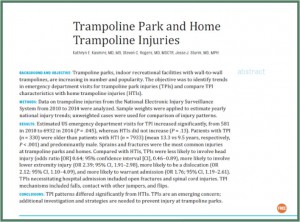 s," the organization said following publication of the study.
s," the organization said following publication of the study.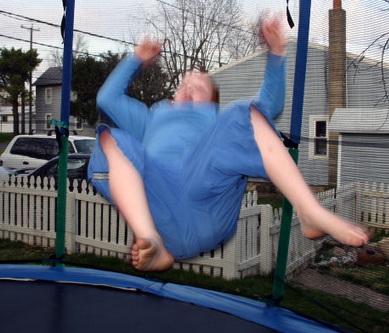
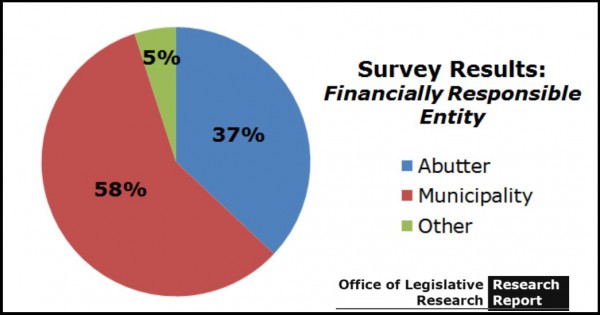
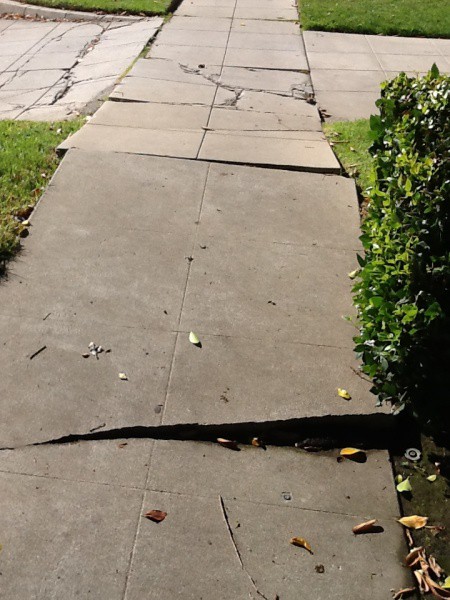

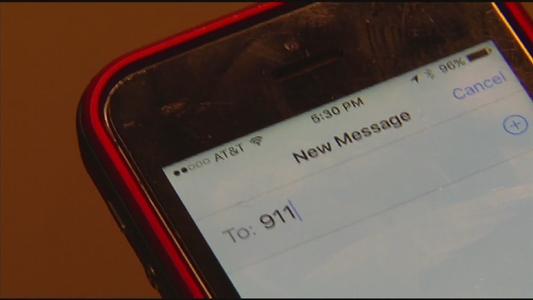
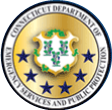 The entire statewide system in Connecticut, purchased through A&T, cost $13.26 million with annual maintenance costs of about $3.2 million, Stephen Verbil, a telecommunications manager with the Division of the Statewide Emergency Communications,
The entire statewide system in Connecticut, purchased through A&T, cost $13.26 million with annual maintenance costs of about $3.2 million, Stephen Verbil, a telecommunications manager with the Division of the Statewide Emergency Communications,  suranceQuotes, found that the average increase in premiums across the country when a teen driver is added to an existing policy is 79 percent. That is a slight improvement from a few years ago, when the increase nationwide averaged 84 percent.
suranceQuotes, found that the average increase in premiums across the country when a teen driver is added to an existing policy is 79 percent. That is a slight improvement from a few years ago, when the increase nationwide averaged 84 percent.
 Perhaps the most significant underlying factor is that each state regulates insurance differently, and those regulatory differences account for some of the variations in the study’s findings, according to insuranceQuotes. For instance, Hawaii is the only state that doesn't allow insurance providers to consider age, gender or length of driving experience when determining premiums. That means that the cost for teens doesn't differ much from the cost for adults buying auto insurance. This may also account for lower increases in states such as New York, Michigan and North Carolina, where insurance is regulated more strictly and rating factors are more stringent, insuranceQuotes points out. The increases in those states when adding a teen to an existing policy were all below 60 percent, among the lowest increases in the nation.
Perhaps the most significant underlying factor is that each state regulates insurance differently, and those regulatory differences account for some of the variations in the study’s findings, according to insuranceQuotes. For instance, Hawaii is the only state that doesn't allow insurance providers to consider age, gender or length of driving experience when determining premiums. That means that the cost for teens doesn't differ much from the cost for adults buying auto insurance. This may also account for lower increases in states such as New York, Michigan and North Carolina, where insurance is regulated more strictly and rating factors are more stringent, insuranceQuotes points out. The increases in those states when adding a teen to an existing policy were all below 60 percent, among the lowest increases in the nation.


 Lewis’ commitment and dedication impressed the judging panel.
Lewis’ commitment and dedication impressed the judging panel.
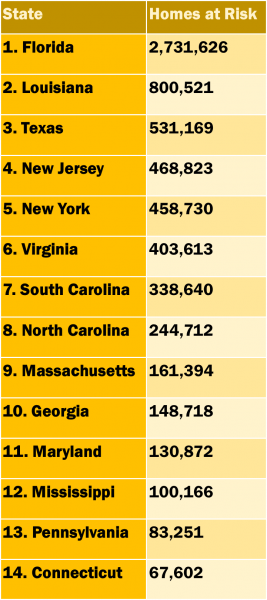 Among neighboring states, Connecticut ranked behind Massachusetts, New York and New Jersey.
Among neighboring states, Connecticut ranked behind Massachusetts, New York and New Jersey.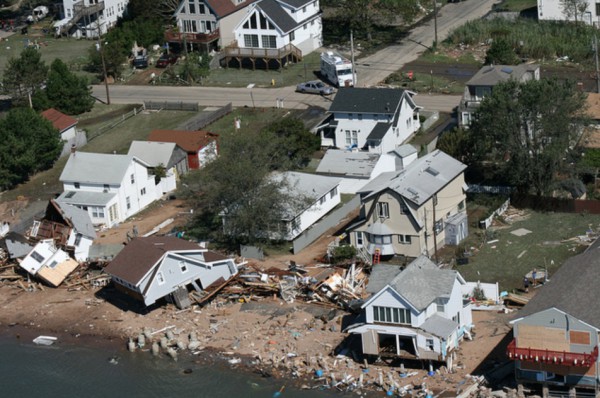
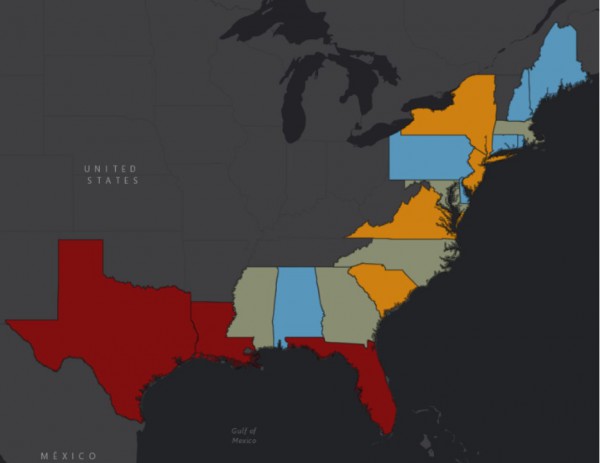
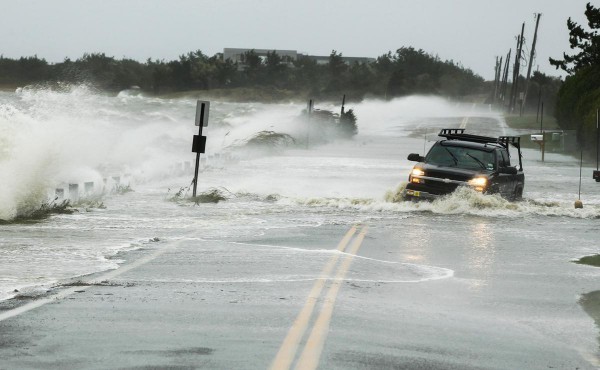


 aulted.
aulted.



























